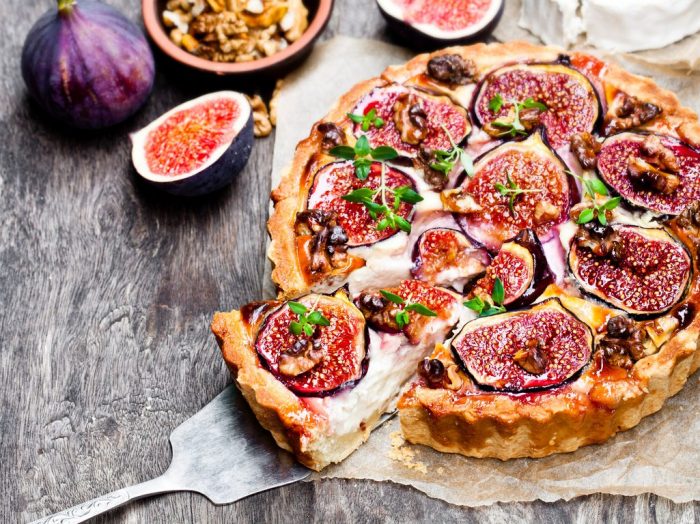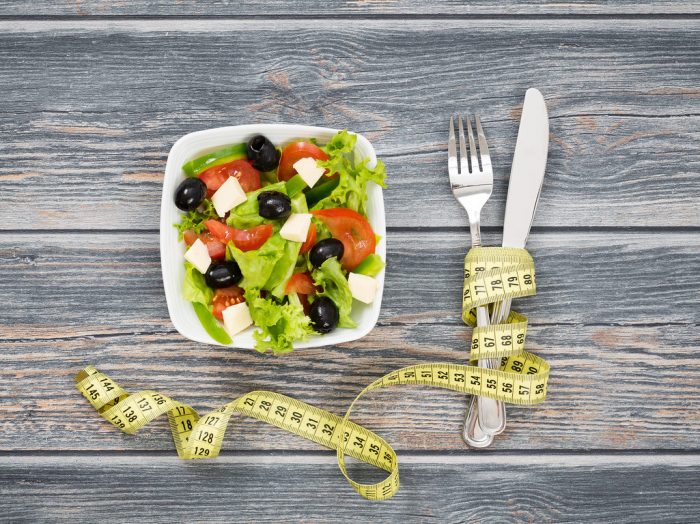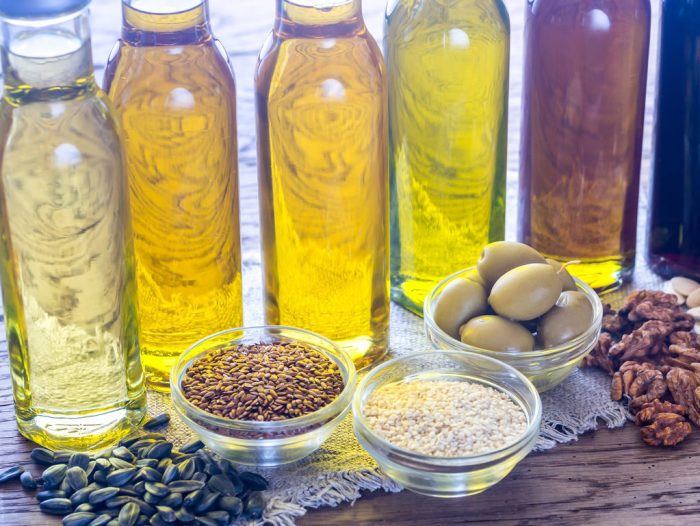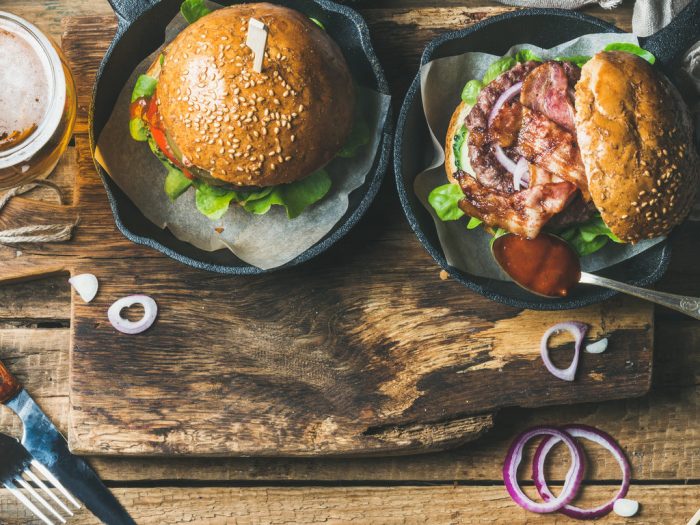Homemade pastries are a wonderful way to spend your time during the cold season. But what if things go a bit wrong? Here are a few tips and tricks on how to avoid pastry shrinkage. That way, you can go back to having a pleasant activity in the kitchen.
It’s a frustrating thing, isn’t it? Going through the trouble of making your own pastry, step by step and then see that the final result is less than ideal. Because the pastry shrinks, then the filling might be way too much for it. Or the eating experience might be a bit tough in the end. So when that happens, what do you do? How do you avoid pastry shrinkage? There are a few ways, let’s talk about them in plenty of detail!
5 tips & tricks to avoid pastry shrinkage
1. Be mindful of how much liquid you add
A lot of recipes will tell you that when in doubt, you should add more water than it’s stated in the ingredients. One of the main causes of pastry shrinkage is the evaporation of water during baking. So, when they say: add additional water, make sure that it’s not too much. The more water you add, the more shrinkage you are likely to get in your final product. It’s the same with milk, eggs, and butter.
So how do you know when it’s too much? Well, before you add that liquid, squeeze a bit of the pastry in your hand. How does it react? If it holds together, you’re golden (and the pastry will be, too). If it doesn’t, drizzle in just one tablespoon, mix it in and check again. Also, if you can, use the good kind of butter, because it’s lower in moisture.
Extra tip: when you mix everything together, start with half of the liquid amount. Stir it in until the mixture starts to clump together.
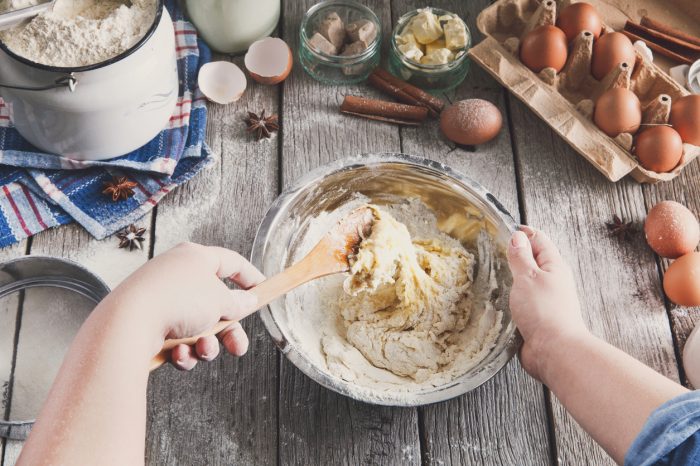
2. Don’t over-knead your dough
This is one of the things I used to do with every flour-based dough and it always yielded less than flattering results. But pastry isn’t pizza, right? The reason you shouldn’t do this is because the dough develops too much gluten when flour combines with any kind of liquid. The elastic strands of gluten become stronger and stretchier. And that’s why your final result might end up too tough to chew and it might also pull away from the sides of the pan.
Extra tip: Be as gentle as possible when kneading.
3. Give the dough some rest
If your dough has developed too much gluten, then it needs a rest for it to be ready for baking. Patience is sometimes hard, but it’s so worth it, I promise. Let the dough rest for at least half an hour and it will literally relax those strands of gluten we’ve talked about.
Extra tip: Even more time than the standard half an hour is good for your dough. If you have that time, then do it. Your pastry will be so much better if you do.
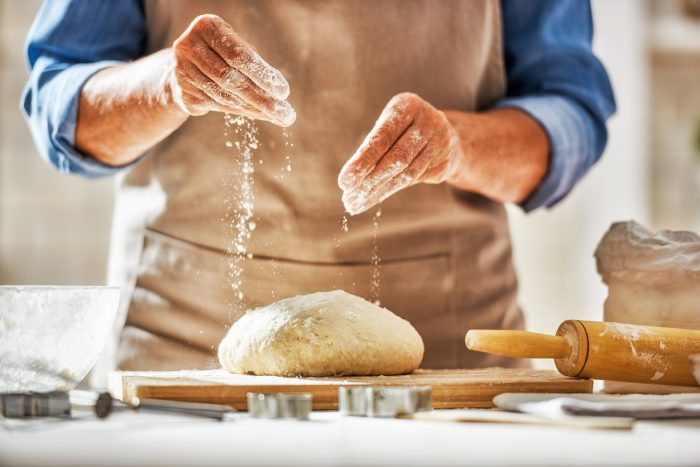
4. Chill your pastry
After you’ve done mixing, shape the pastry into a disc, cover it in plastic wrap then pop it in the refrigerator for at least 60 minutes. This serves two purposes: it relaxes the gluten strands some more and it also keeps the butter cool. You need the butter cool because it will help the pastry retain its shape while it’s baking.
Extra tip: after you’ve lined the pie tin with the dough, chill it again for another hour. The extra cold will do wonders for your pastry.
5. Use high heat for baking
If you bake at high temperatures, then the outer edges of the pastry will develop a crust. This gives structure to your pie or tart, structure it needs to develop quickly. Use a temperature of 400 degrees F/200 degrees C for the task, for about 10-15 minutes to develop that shape, and you will not regret it.
Extra tip: After the 10-15 minutes reduce the heat and continue baking according to the directions of the recipe. Otherwise, you won’t avoid pastry shrinkage.
Last resort tips
Baking beans are great for supporting the sides of the pastry. When you pre-bake the shell, line the pastry with parchment paper and fill it to the brim.
But if you’re still not getting the desired results, make less filling. Add it to the shell below the shrinkage level and you should be fine in an emergency.

